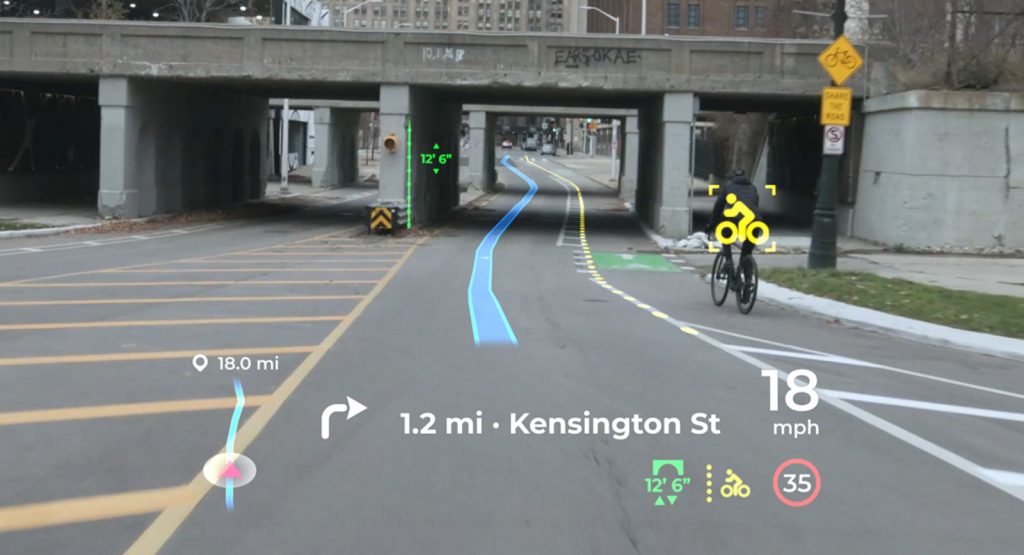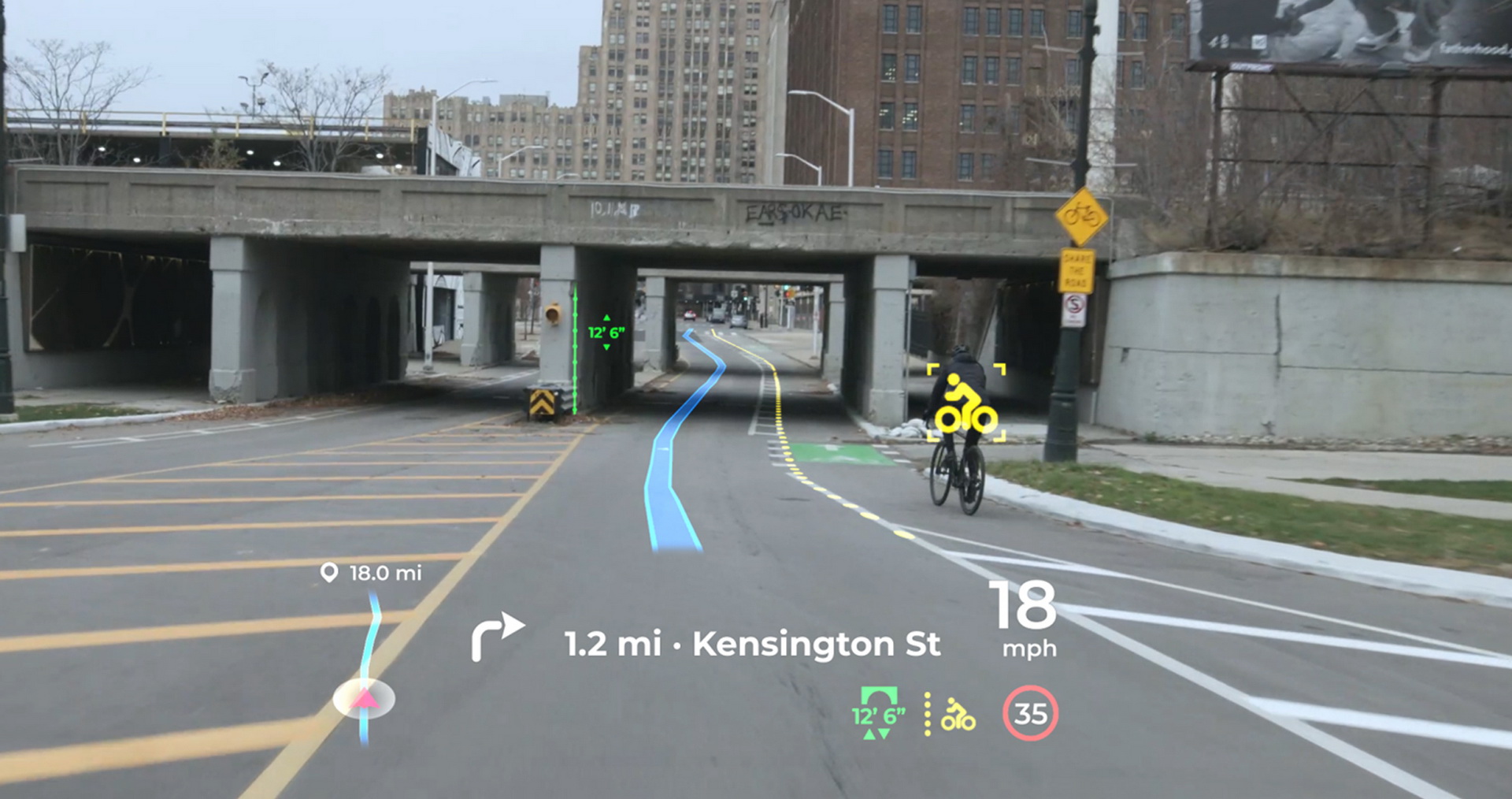During this year’s Consumer Electronics Show, Panasonic’s automotive branch showcased a new Augmented Reality (AR) head-up display system.
It uses AI technology from Panasonic’s SPYDR cockpit domain controller to render both near-field and far-field content when it comes to vehicle information (like speed), but also objects, pedestrian detection and of course mapping/route guidance. The goal here is to keep drivers more engaged and informed.
The new AR HUD system projects 3D, AI-driven key information directly into the driver’s line of sight, which should also help reduce driver distraction, according to the tech giant.
Read Also: Toyota And Panasonic To Partner On Batteries For Hybrids
“The HUD market is one of the fastest growing categories in mobility, but traditional HUDs only cover a small section of the road,” said Scott Kirchner, president of Panasonic Automotive. “Panasonic’s AR HUD solutions cover more of the roadway, with traditional cluster content like speed and fuel in the near field as well as 3D overlays in the far field, showing navigation and other critical driver data mapping spatially to the road ahead. And in a future with more self-driving vehicles, our AR HUD could provide an important added level of comfort and assurance for AV passengers as well.”
Key features include eye tracking technology, advanced optics, AI navigation accuracy, vibration control, real-time situational awareness, 3D imaging radar, 4K resolution and the system’s overall compact size.
Among these systems, we find the advanced optics particularly interesting, as they produce an expanded field-of-view (beyond 10 by 4 degrees) for a virtual image distance of 10 meters (32.8 feet) or greater.
It seems like it’s only a matter of time before such technologies enter mainstream production, at which point we’ll just have to hope that drivers won’t experience any sort of information overload from a visual standpoint.




